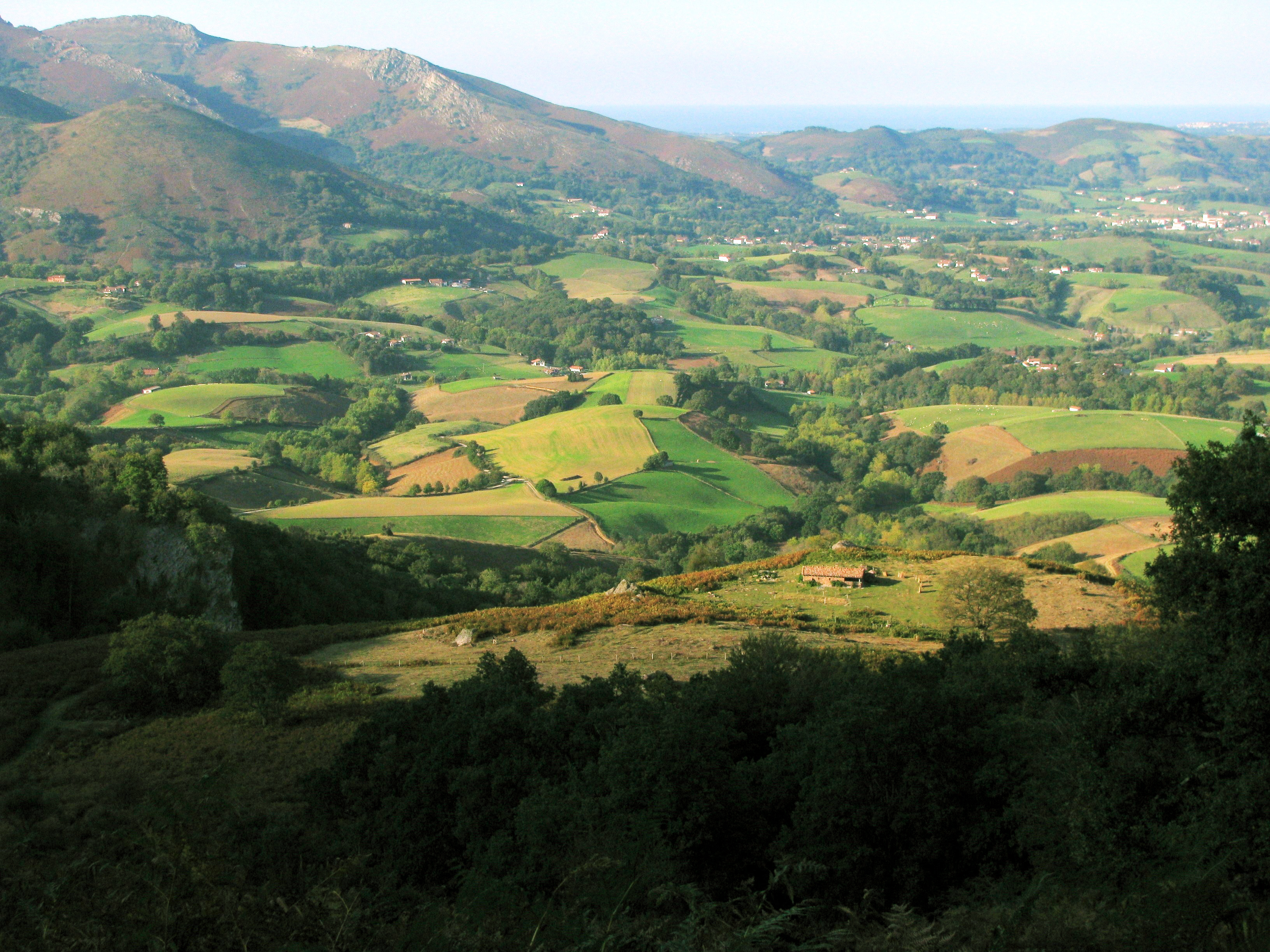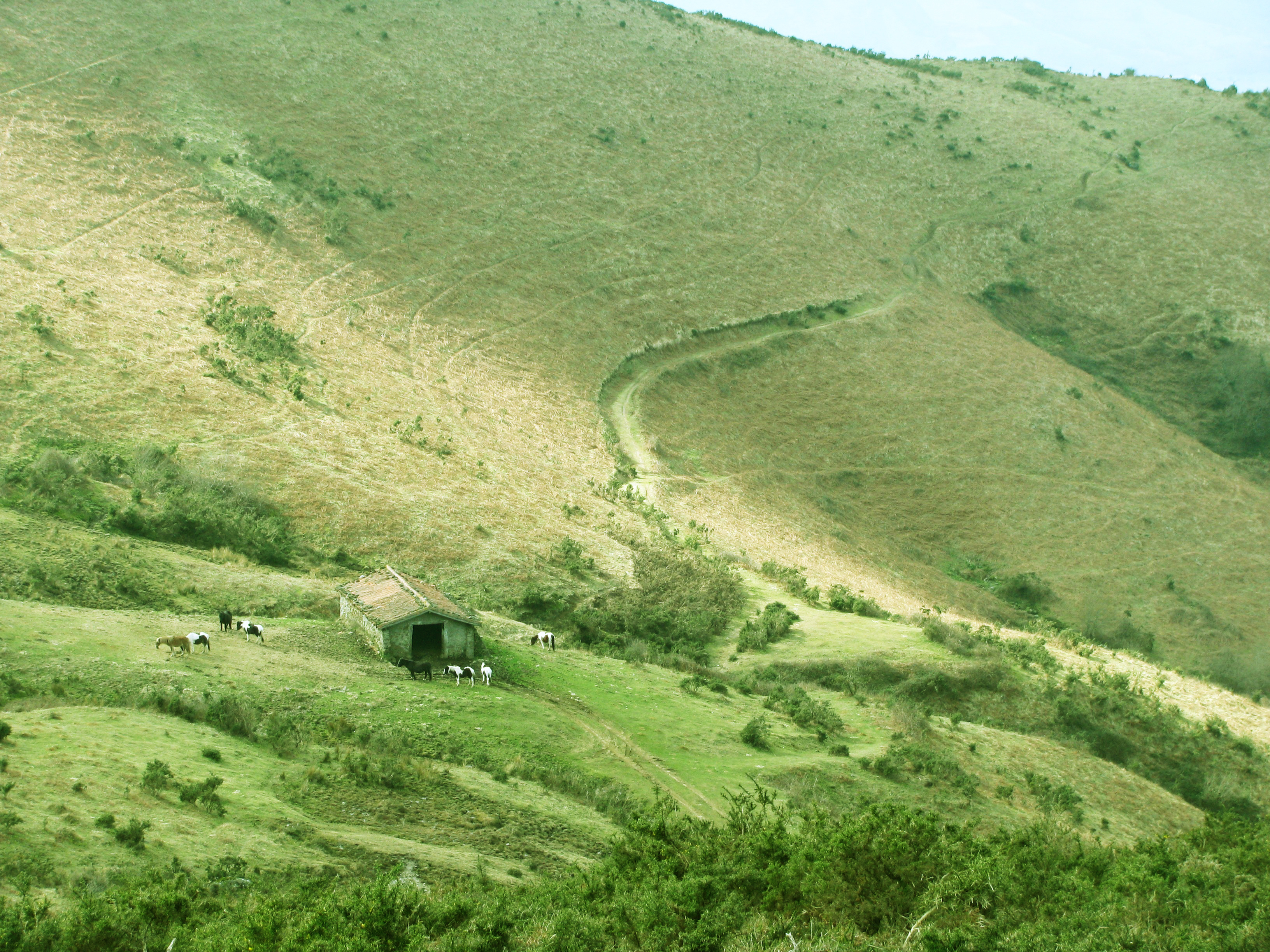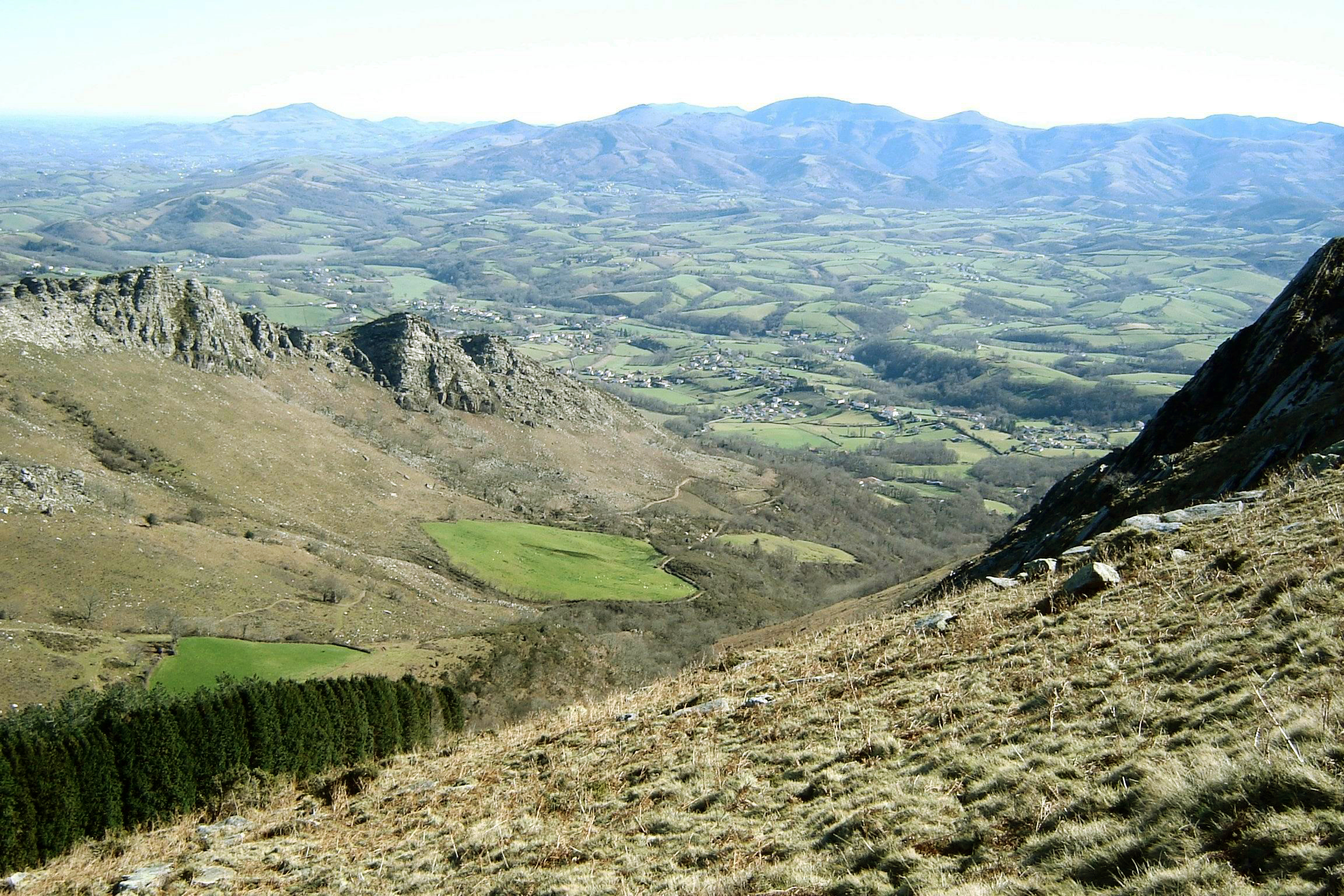Archives
The geographical analysis of the landscape of Lapurdi is approached at three levels perfectly defined in the high mountains (Garazi…), and which slip away southwards towards the ocean, along the axis of the Pyrenean mountain. (more…)
In 1934 J. de Yrizar said “the origins of the farmstead lie in the modest livestock housing known as borda, still seen in the mountains of the Basque Country. […] Most importantly, the building skills and ingenuity of the farmer combined all these elements [stone and oak and chestnut wood]”. In 1981 J.M. de Barandiaran expanded this point of view to note “many ancient rural houses are faithful copies of shepherd’s huts”, which amounts to saying the impact of shepherding practices and communal work (auzolana) resides precisely there, for the work of the hand —not the knowledge— of the artisan in a great number of short-lived or precarious human settlements, as is the case with animal housing, is truly exceptional. (more…)
In former times, when the structure of farmhouses (etxeak, in Basque) was still made of wood, open animal housing in the commons (herriko lurrak) was regulated. Enclosures (borda-barrukiak) were built for livestock to use as natural refuge (from heat, flies…). The Charter of Lapurdi, Title III Article I, says: “Every parish in Lapurdi counts with communal and neighbourhood lands owned by all its parishioners where a certain kind and number of farm animals is allowed to graze”. “Sheds, lodges and fencing may be erected for housing livestock, shepherds and rangers”, with no other requirement but the common obligations applying to any “human settlement”. Besides a high regard for private property, we shall mention open access rights, exclusive dedication to pasture, respect for the veto system, protection of trees and forests, etc. This environment would inevitably develop here and elsewhere. (more…)
For a human settlement, in its broadest sense, to occur the first step is to clear the land (lurra atera or luberritu, in Basque). Temporary forest clearings (labakiak or lur ebakiak) are customarily opened in middle-mountain commons (herriko lurrak), which are both resource and reserve for new land. In 1950 Lapurdi the moors took up between 40 and 75 % of the communal land. The open access and exploitation of shared land was regulated by the Charter. (more…)





